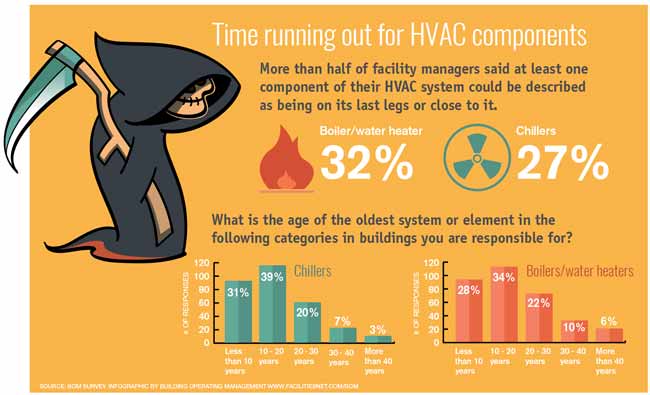The Future Of Home Heating - Just How Heatpump Technology Is Developing
The Future Of Home Heating - Just How Heatpump Technology Is Developing
Blog Article
Web Content Develop By-Marshall Oliver
Heatpump will certainly be a critical technology for decarbonising home heating. In a situation consistent with governments' announced power and environment commitments, their international ability doubles by 2030, while their share in heating rises to one-quarter.
They work best in well-insulated homes and count on electrical energy, which can be supplied from an eco-friendly power grid. Technological advancements are making them more effective, smarter and more affordable.
Gas Cells
Heat pumps make use of a compressor, cooling agent, coils and fans to relocate the air and warm in homes and devices. They can be powered by solar energy or power from the grid. They have been obtaining popularity due to their inexpensive, peaceful procedure and the capability to create power during peak power demand.
Some companies, like IdaTech and BG MicroGen, are servicing fuel cells for home heating. These microgenerators can change a gas central heating boiler and generate some of a house's electric demands with a link to the power grid for the remainder.
But there are reasons to be unconvinced of using hydrogen for home heating, Rosenow says. It would certainly be pricey and inefficient compared to various other modern technologies, and it would include in carbon exhausts.
Smart and Connected Technologies
Smart home modern technology permits house owners to connect and control their devices remotely with making use of smart device applications. As an example, smart thermostats can discover your heating choices and instantly adapt to maximize energy usage. Smart lighting systems can be managed with voice commands and instantly switch off lights when you leave the room, decreasing power waste. And clever plugs can monitor and handle your electric use, allowing you to identify and limit energy-hungry appliances.
https://docs.google.com/spreadsheets/d/1OF6iqsyIAkh2jXHF5MQcFBxUuLa7aTTJPBnZ4DhDyVo/edit?gid=171669585#gid=171669585 -savvy house portrayed in Carina's meeting is a great image of how occupants reconfigure room heating practices in the light of new wise home innovations. They rely upon the tools' automated attributes to carry out day-to-day adjustments and concern them as a convenient methods of performing their heating practices. Therefore, they see no factor to adjust their methods even more in order to enable flexibility in their home power demand, and treatments focusing on doing so may deal with resistance from these houses.
Electricity
Because heating homes accounts for 13% of US emissions, a switch to cleaner alternatives could make a big difference. Yet the technology faces challenges: It's pricey and needs substantial home renovations. And it's not always compatible with renewable resource sources, such as solar and wind.
Until recently, electrical heat pumps were also expensive to take on gas designs in a lot of markets. But new technologies in design and materials are making them a lot more budget friendly. And far better cool climate efficiency is allowing them to work well also in subzero temperature levels.
The following step in decarbonising heating might be using warm networks, which attract warmth from a central source, such as a close-by river or sea inlet, and disperse it to a network of homes or structures. That would certainly lower carbon discharges and permit homes to make the most of renewable resource, such as eco-friendly electrical power from a grid supplied by renewables. This option would certainly be less expensive than switching to hydrogen, a fossil fuel that requires new facilities and would only lower CO2 discharges by 5 percent if coupled with improved home insulation.
https://www.prnewswire.com/news-releases/california-based-hvac-experts-offer-tips-to-prevent-exposure-to-extreme-heat-301565188.html
As power prices go down, we're starting to see the very same fad in home heating that has actually driven electrical vehicles right into the mainstream-- however at an even quicker rate. The strong environment instance for electrifying homes has actually been pressed even more by brand-new research.
Renewables account for a substantial share of modern heat usage, however have been given limited plan interest worldwide contrasted to various other end-use sectors-- and even much less attention than electricity has. Partially, this mirrors a mix of customer inertia, split rewards and, in lots of nations, aids for nonrenewable fuel sources.
New technologies could make the shift easier. For instance, heat pumps can be made extra energy reliable by replacing old R-22 refrigerants with brand-new ones that do not have the high GWPs of their precursors. Some specialists also envision area systems that draw heat from a close-by river or sea inlet, like a Norwegian fjord. The cozy water can after that be used for cooling and heating in an area.